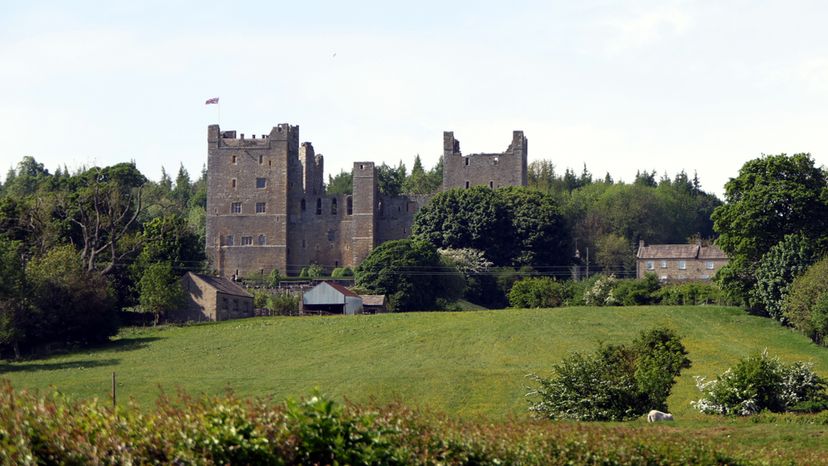
The English countryside holds a bounty of natural beauty and scores of surprises best uncovered along thousands of kilometers of trails comprising England’s revered National Trails and additional footpaths. Old legends are revealed along steady paths, history unveiled along careening mountain passes, and coastal paths explore the charm of the waterfront. Many of these striking hikes pass through colourful villages boasting lively markets, charming pubs, and a host of friendly locals – taking a few days’ hike and staying in a charismatic B&B is as possible as camping under countryside stars.
Advertisement
7. The White Cliffs of Dover
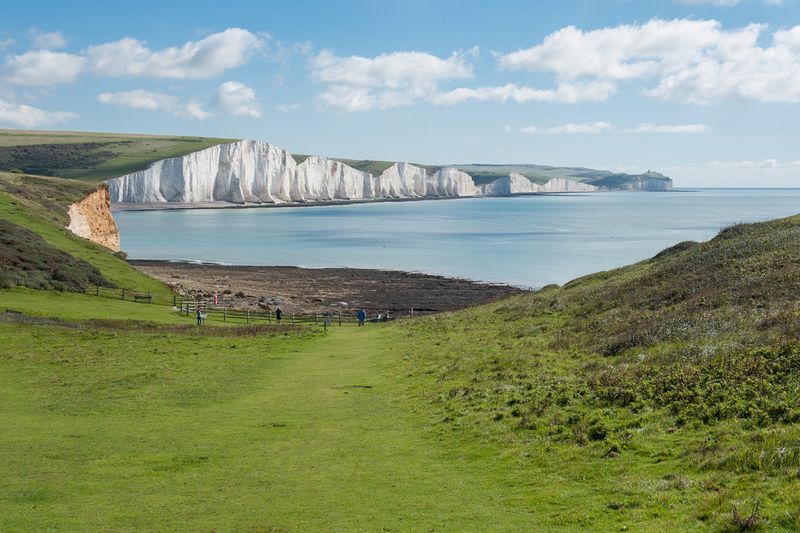
Forming a section of gorgeous coastline in Dover, county of Kent, England, the White Cliffs of Dover are emblematic for Brits: they face France and the Straight of Dover which, historically, was an area of consistent invasions. The cliffs, extending east and west, form a natural barrier used as a WWI and WWI defense strategy and offer far-flung views of the awe-inspiring French coastline. Vaulting 350 feet skyward, the dramatic facade is chalk-based and streaked with black flint, creating a striking view. The walk is nothing short of breathtaking: take the coastal path along the cliffs where you’ll reach historic South Foreland Lighthouse. Here, the views of the cliffs are excellent and below, the Calcareous grassland is filled with unusual insects and plants like the pyramidal orchid and the chalkhill butterfly.
6. Sizergh Castle
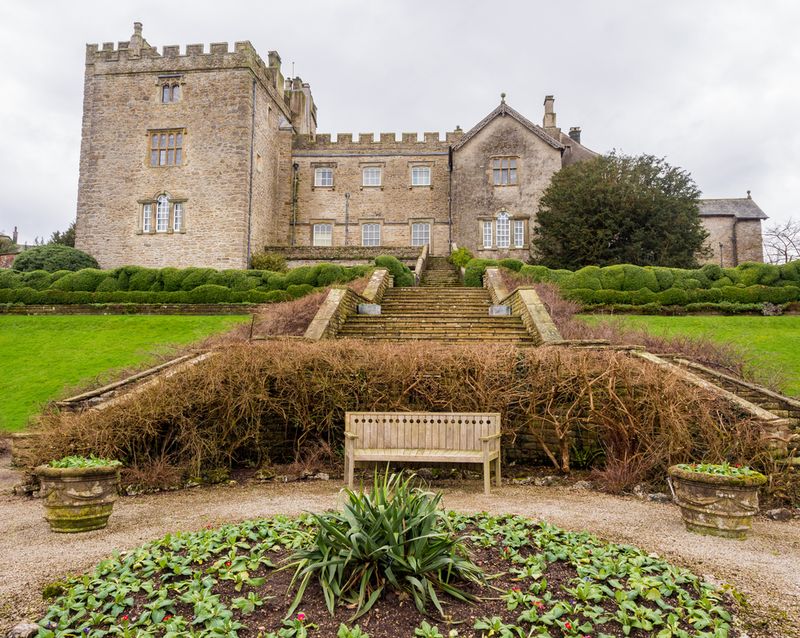
Starting at the car park by Sizergh Castle, a 15-acre estate, this South Lake District walk spans few kilometers and is a great way to explore an historic castle and the surrounding area. The castle stands with tradition as an agricultural estate with far-reaching views across the countryside featuring Lakeland Fells and Morecambe Bay. Tranquil and scenic at once, the walk begins in a field afoot with buzzards and pheasants, leads to Sizergh Fell, and follows a footpath through fields filled with butterflies and wildflowers. Reaching a cluster of hawthorn trees, the views of Morecambe Bay are sublime. Take that in for a awhile before continuing on to Lake District Fells, through gates and glades, back onto a road for a kilometer and loop around back to the castle for a café refreshment, stop by the farm shop, or enjoy a pint at onsite Strickland Arms.
5. Sparrow Dale, Sheringham Park
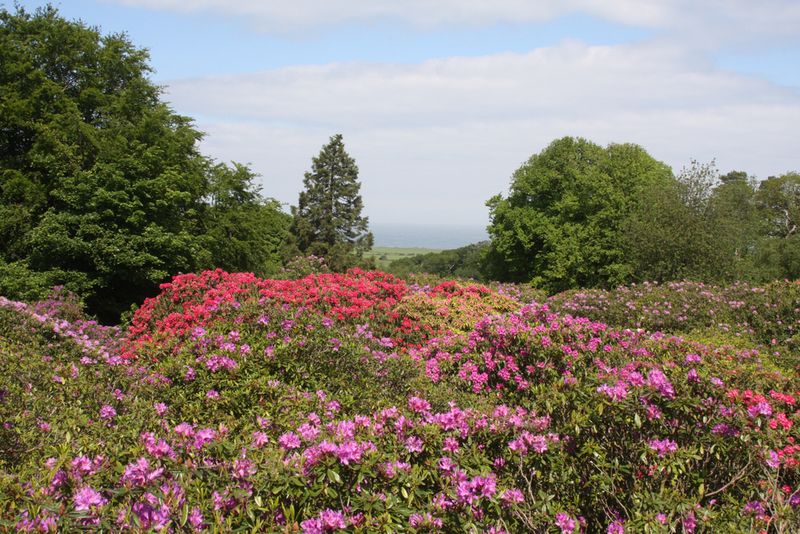
Often unnoticed by park visitor, Sparrow Dale is Norfolk’s natural wildlife sanctuary and a hidden valley filled with an array of interesting trees that give shelter to an enormous number of birds. The dale’s formation is the way it appears today because it was redesigned for the popular Sheringham Park shooting parties taking place in the 19th century. Modest in size, the valley weaves between dual hills–once a place where pheasants were set free for the parties to shoot at from the valley. Savvy marksmen felt unchallenged so trees were planted top of the hills to push the birds upward, making them harder to hit. Following the walk-through, enjoy a scenic coastal views and a jaunt amid woodland gardens filled with azaleas and rhododendron in Sheringham Park–champagne soirees took place here in the 1950s just to showcase the flowers.
4. Cotswolds Way
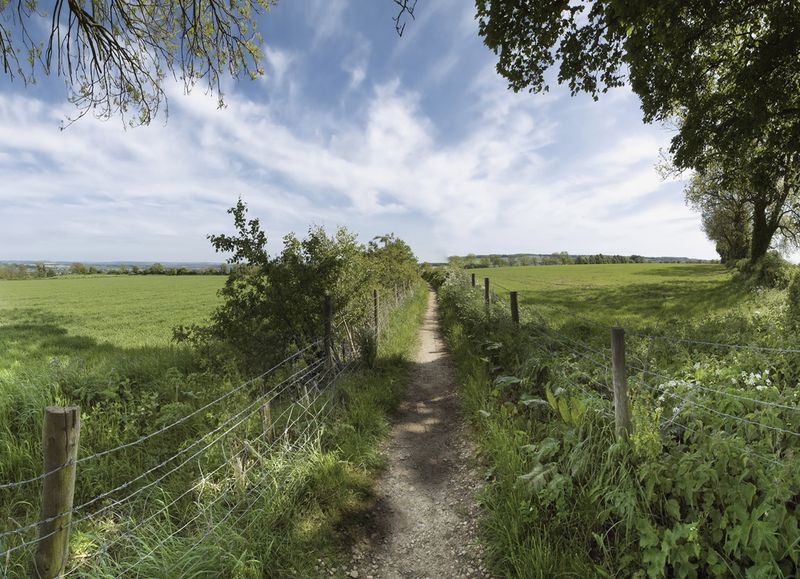
Careening through the placid limestone hills, Cotswolds Way is designated a National Trail spanning the entire length of the magnificent Cotswolds from northern Chipping Campden down to Bath Abbey. This central England location is world famous for its rolling hills, flower-filled meadows, defining Jurassic limestone, grassland habitats, valleys, and vales. With more than 160 kilometers of walking trails winding amid the gentle Cotswold hills, this is a place to walk easily, amble even, so forget notions of an arduous mountain struggle and deep, rocky ridges, this walk’s for taking it slow and steady. On route, scenic villages, honey-hued stone, historic features, and endless views keep stamina continuous. Aside from the enchanting trail, the end-point in Bath (a UNESCO World Heritage Site) is an extra-gratifying bonus. Bath showcases fine architecture, Roman Baths, excellent galleries, and fine museums–a perfect place to end an iconic English walk.
Advertisement
3. Yorkshire Dales – Malham Tarn
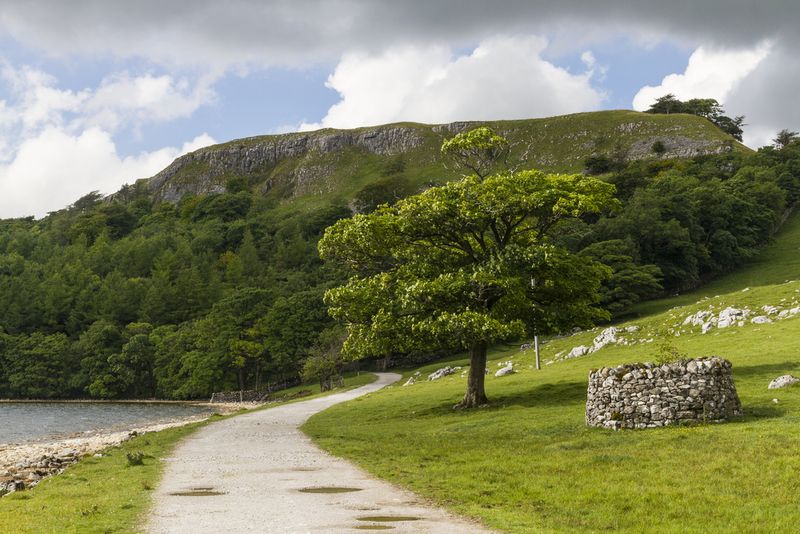
Yorkshire Dales is in the Pennines of Northern England in an upland area filled with opportunities for walking. Set in historic Yorkshire county, most of the choices are within Yorkshire Dales National Park where rolling hills and river valleys rise westward from the Vale of York to the summit of the watershed at Pennines. The Malham Tarn farm walk spans seven miles, stretching through hilly uplands and ancient pastures of limestone as well as alongside the marvelous and rocky outcropping of Malham Tarn. The area is loved by birders relishing the sights and calls of teal, crested grebe, wigeon, goosander, and tufted duck. Having a map here is essential for the various paths leading to different attractions are various lengths. There is a lovely waterfall near Malham Tarn flanked by a clandestine cave and also Malham Cove, spanning 260-feet vertically and near Malham village.
2. Hadrian’s Wall Path
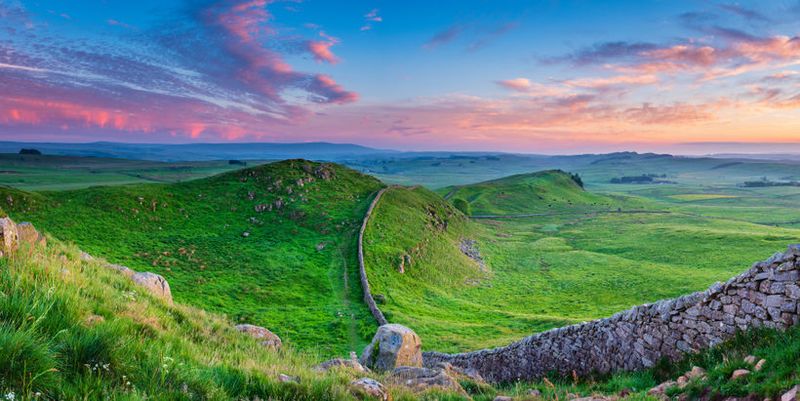
Anyone looking for a long distance English trail to conquer should consider Hadrian’s Wall Path, a 135-kilometer northern England footpath and the National Trail’s 15th official path instated in 2003. The path begins in Wallsend near Newcastle on England’s east coast and ends at te beautiful Bowness-on-Solway (home to an ancient Roman fort)on the country’s west coast. The Roman-built wall constructed to obstruct Scots from entering the north has become the backdrop to one of the country’ most impressive walks. The challenge here is moderate but lasting and showcases what’s left of the masonry wall along with Segedunum, carefully uncovered Roman baths and a fort adjacent to an excellent museum. Hadrian’s Wall path leads through lively market villages, by cozy British pubs, and boasts scores of scenic views and rich history. Birdoswald Roman fort, Old Newcastle, and Tullie House Museum are also on route.
1. The James Herriot Way
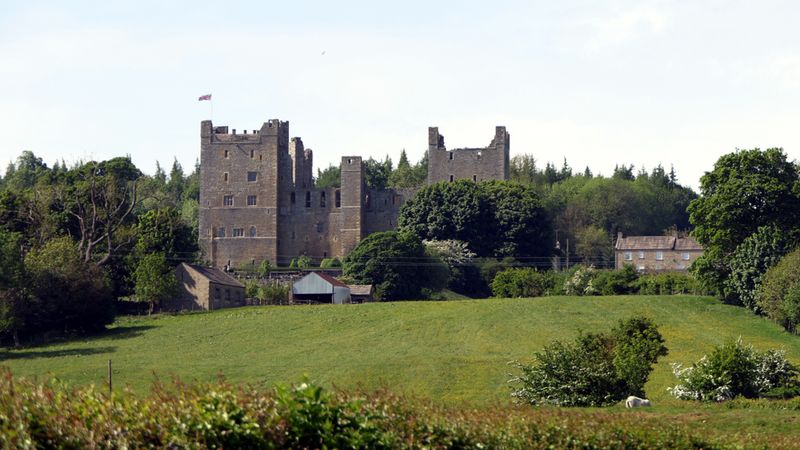
Covering 83 kilometers over four to five days through the Yorkshire Dales might seem a bit extreme to some, but adventure-lovers who can endure the trek, James Herriot Way is worth the effort. Beginning in Aysgarth, (a Wensleydale village in North Yorkshire) the path follows towering Pennines’ summits, gently valleys, and Great Shunner Fell, one of the highest mountains in the dales. Hikers need a compass, map, and whistle to journey the route. Some hire sherpas who drop bags and equipment off at each stop along the way. Prominent points include Keld, Hawes, Askrigg, and Grinton with attractions like Bolton Castle, a spectacular 14th century castle. James Herriot Way is named after a Scot who was enamored with North Yorkshire beauty and spent his entire working life as a vet living on the Moors and in the Dales, writing about his career’s adventures.
Advertisement